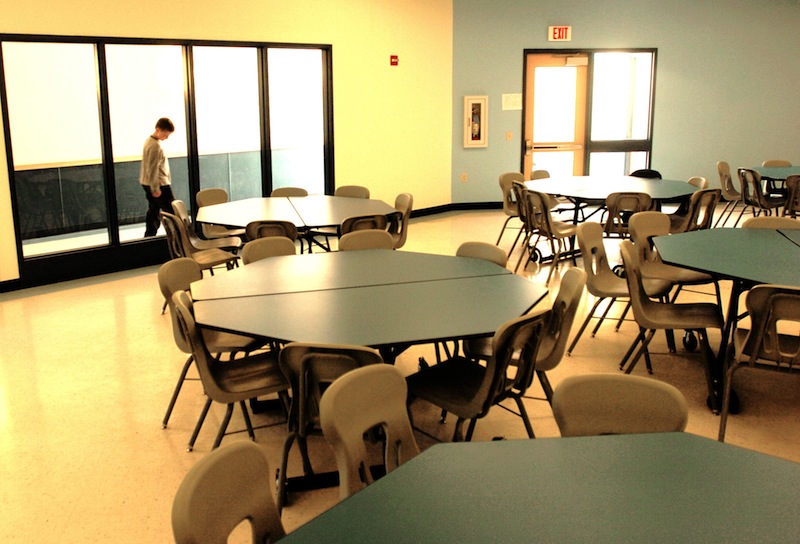About one in five students in many schools in Maine are living in poverty, according to statistics released Wednesday by the U.S. Census Bureau.
That figure holds true across the country, the report found. Last year — the period from which the report’s data was taken — there were 53.8 million school-age children in more than 13,500 school districts. Nearly half lived in communities with school district poverty rates greater than 20 percent.
The Census Bureau establishes family-income thresholds for poverty. The limit for a family of four with two children under age 18, for example, is $22,811 for 2011.
The national and Maine poverty rates held true in and around Portland. Nearly 22.5 percent of students from pre-kindergarten through the 12th grade in Portland Public Schools and almost 20 percent of K-12 students in Westbrook are struggling with the issues of poverty – hunger, fatigue, health problems, the threat of homelessness, inadequate income, stress and a generally compromised family situation – while at the same time trying to learn.
In South Portland schools, those statistics show a slight improvement. Of a K-12 student population of almost 3,550, approximately 14.5 percent — or 515 students — live in poverty.
South Portland Superintendent Suzanne Godin noted that school lunch rates were increasing — adding to the financial pressure on poor families. She said the census figure for poverty in South Portland seemed low, because close to 35 percent of students receive subsidized school lunches.
Godin said poor students “face a number of challenges. The reality is that we know that they have more difficulty with school, with attending school.”
And in South Portland, said Godin, “we’re seeing an increase of homelessness. Oftentimes, the parents are working every job they can.”
Lois Kilby-Chesley, head of the Maine Education Association, the union representing most of Maine’s public school teachers, called the poverty rates “incredible.” She noted that figures ranged from a high of 42.61 percent in Washington County’s unorganized territories to a low of 4 to 5 percent in Falmouth, Cape Elizabeth and Yarmouth.
The statistics “make us realize how big the gap is between the haves and have-nots,” Kilby-Chesley said. “The gap is just huge. And as the (students) get older, the gaps get bigger. Poverty definitely impacts classrooms.”
The U.S. Department of Education uses the census data as one factor in allocating federal funds to local education agencies. That’s not necessarily comforting news to educators.
Godin noted that sequestration, or the so-called fiscal cliff, could force cuts of nearly 10 percent in federal education aid to the states.
“I’m concerned about the continuing dismantling of these services” for children and families in poverty, said Godin.
The Census Bureau report showed that about half the nation’s counties — 923 — had a school-age poverty rate that was significantly above the national poverty rate. Another 909 fell significantly below the 20.8 percent nationally.
The Census Bureau produces the poverty estimates with latest data from the American Community Survey — a yearly census based on a small sample population — with information from federal tax filings, Supplemental Nutrition Assistance Program (formerly Food Stamps) participation and statistics from the 2000 and 2010 censuses.
North Cairn can be contacted at 791-6325 or at:
ncairn@pressherald.com
Send questions/comments to the editors.



Success. Please wait for the page to reload. If the page does not reload within 5 seconds, please refresh the page.
Enter your email and password to access comments.
Hi, to comment on stories you must . This profile is in addition to your subscription and website login.
Already have a commenting profile? .
Invalid username/password.
Please check your email to confirm and complete your registration.
Only subscribers are eligible to post comments. Please subscribe or login first for digital access. Here’s why.
Use the form below to reset your password. When you've submitted your account email, we will send an email with a reset code.